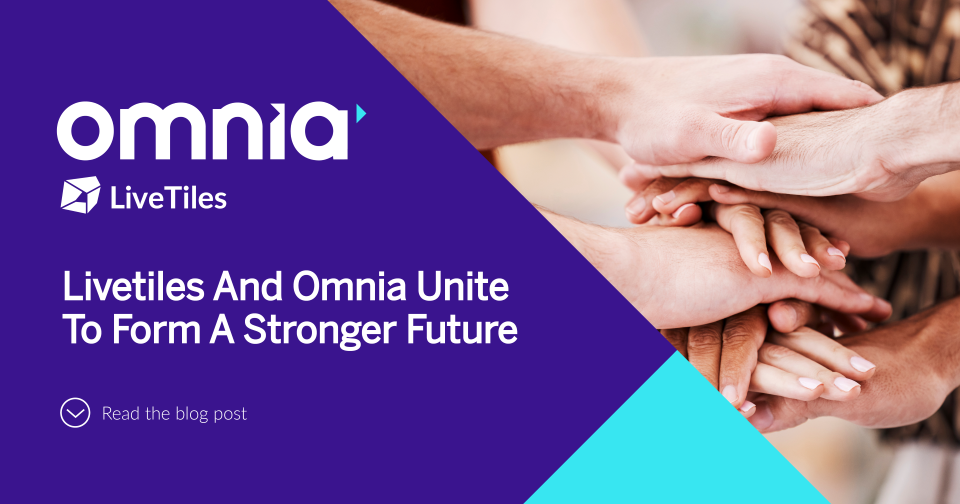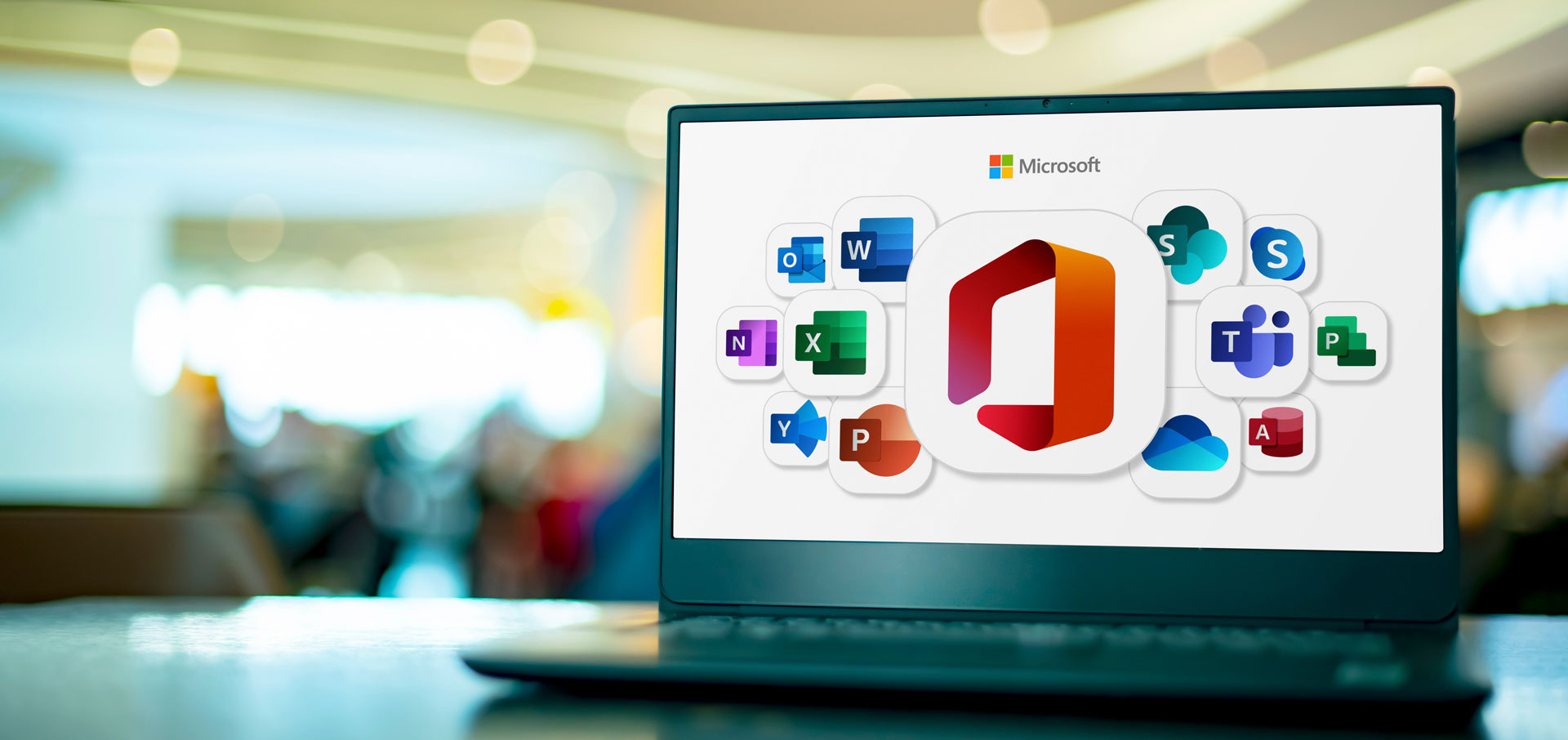How to improve internal communications at the retail frontline
This is part of a series of articles about how frontline industries are evolving internal communications and planning for the future of work. In this blog specifically, we talk about retail internal communications to support the frontline. Check out the other articles in the series for more information on frontline worker communications and planning: Enabling frontline workers in construction and The future of frontline workers in healthcare.
There are many trends shaping the future of work in 2021 and beyond. From new safety protocols to closely managing the employee experience, nearly all industries have been impacted in some way or another.
Frontline industries, such as retail, are confronted by specific challenges when it comes to internal communications and delivering employee experiences. These workers are not in front of a desktop all day – for the majority in retail, they will not be at a desk at all. For this reason, mobility is the key to boosting employee engagement in internal communications.
Frontline workers can be also known as “firstline workers” because they’re so often the first point of contact to the wider world. In retail, they are on their feet all day, either largely on the move or in near-constant interaction with customers. How do we bring the same conveniences to retail workers that employees sitting at a desk in an office have every day? What’s more, how do we achieve this in the current climate, in an industry where the impact of disruption from COVID-19 has been huge.
This blog is part of our on-going series examining how frontline industries are planning for the future of work. Previously we covered:
- The importance of communication in the workplace
- The four main challenges facing frontline workers
- The workplace employee apps that can help frontline workers succeed
Here we are going to focus on retail, exploring how retail leaders are driving forward with digital transformation to improve the effectiveness of internal communications.
After the storm
As society opens up after lockdown and stay-at-home orders, there’s growing concern over critical factors like employee safety and morale, supply chain stress, and inventory management. Internal communications has a crucial role to play in guiding employees back to work and addressing these concerns.
But not every retail organization has been affected the same. Some retailers have only been partially disrupted. These businesses are still able to open stores but with reduced business hours, for instance. Others have been more severely disrupted, perhaps only allowed to offer takeout or home delivery for the time being, but they have managed to keep the business operating. Others have been existentially disrupted. These businesses are struggling for survival and have perhaps had to close down stores for good, shifting entirely to e-commerce.
This is just to show that it is not a simple, one-solution-fits-all scenario. And to highlight the important fact that some frontline workers are not currently on the front line. Organizations have to keep furloughed workers in the loop and engaged in the company culture just as much as other employees (perhaps more so), until everyone can be welcomed safely back on-site.
Part of a bigger picture
It’s also important to note that the retail sector had been facing ongoing disruption for the last decade. As customer behavior has shifted from in-store to online purchases, and with the dominance of Amazon and other e-commerce outfits, traditional retailers have had their fair share of challenges to face for a while. Digital transformation was already understood to be necessary, but for various reasons hadn’t been taken up with the same urgency that is now being demanded of it.
The value of internal communications in retail
So, what kind of investment should be made in communication tools? How can we improve engagement in internal communications, deliver modern employee experiences, and help accommodate for the concerns employees have of returning back to the frontline?
One of the first challenges is the variety of work in retail. To bring everyone together and create unified employee experiences can be a challenge. You need to cater for cashiers, managers, floor workers, transportation, and furloughed staff.
It’s important to consider:
- What does a day in the life look like for these roles?
- What are their responsibilities?
- How do they connect with other staff members and how do they interact with customers?
- How do they currently use corporate comms tools?
- Are they engaged in these tools?
- What is user adoption like?
When you have a better picture about these, you will be able to start planning what kind of tool you need. And all of these needs must be reflected in your digital transformation strategy. But there are a few things that are essential across the board:
- Staff need the ability to easily connect with the team and if they have a problem on the floor – whether it is about a current sale, an out-of-stock product, or about COVID-19 guidelines – they need to be able to find an answer quick.
- If you are asking your employees to deliver consistent quality throughout the customer experience, then you need to give them consistent user experiences when it comes to the tools they use on the job.
- Employee apps need to be customizable in terms of branding, so that everyone feels part of the company. It also needs to have a modern look and feel, closely modelled on the consumer apps that employees use at home.
- No matter what happens, employees will need to feel appreciated, connected, and looked after. And access to resources such as HR, mental health support, safety guidelines etc. are crucial in the current climate.
This is a good starting point for developing the communications apps your frontline workers deserve. But there’s much more to discover. We recently hosted a webinar on this topic which explored how retail organizations can overcome the challenges they face in 2021. If you are interested in taking a more in-depth deep dive than we were able to do here, Addressing Business Unusual in Retail Today can be watched on-demand now.
Better employee experiences with LiveTiles
From new safety protocols to now having to closely manage the employee experience, nearly all industries have been impacted by the pandemic in some form. Still, those with frontline workers, like retail, have been hit the hardest. So, when it comes to supporting frontline retail workers, there are more challenges than ever.
However, there are many opportunities too, such as a newfound urgency to digitally transform operations. Many retail organizations are truly beginning to understand the value of digital communication tools, and that working towards getting better engagement and improving employee experiences is the key to success.
At LiveTiles, we work closely with retail organizations to discover the right technology solution for them. We can empower your workforce by providing employee apps that connect and support retail workers on the frontline, improving internal communications, and providing the mobility required for the future of work.
To learn more about delivering the best employee engagement and employee experiences for frontline workers in retail, get in touch with the team at LiveTiles today.









